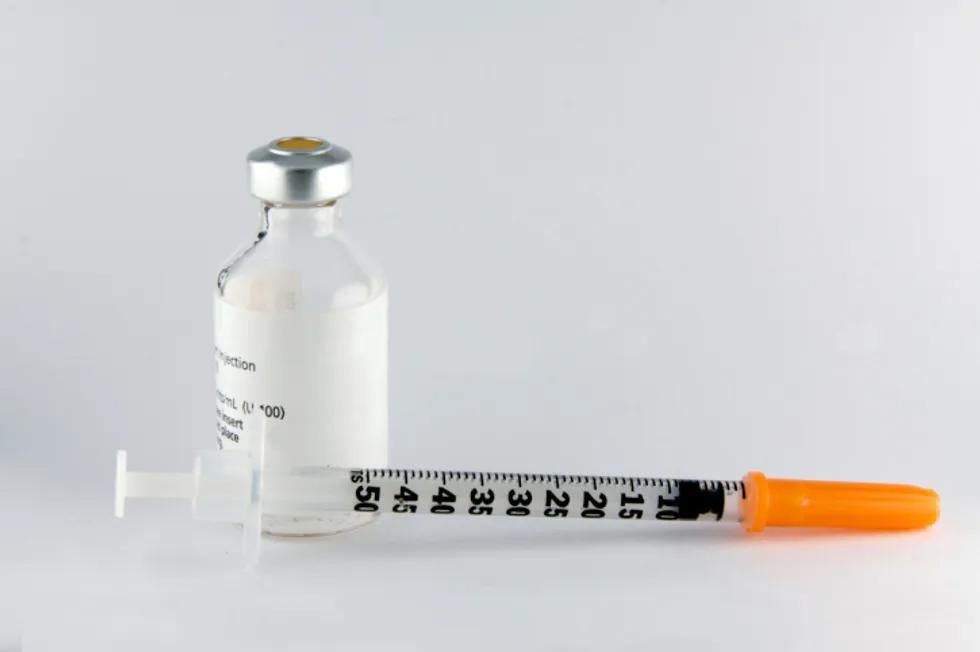Your doctor has decided to start you on insulin because the oral medications you've been taking are not effective in managing your blood sugars. Ideally, you should have an A1C level (a marker of blood sugar levels over the past 90 days) of less than 7 percent. Studies find that maintaining blood sugar (glucose) levels in this range can significantly reduce your risk of complications like vision loss, kidney disease and nerve damage.
Insulin is often required in people with type 2 diabetes. Over time, insulin-producing beta cells in your pancreas simply wear out. The less insulin your own body produces, the more insulin you need to take.
Several types of insulin are available. Which type you use and how often you take it depends entirely on you and your blood sugar levels. That's why it is important to monitor your blood sugar levels when you first start on insulin, tracking levels in the morning before you eat and before meals.
Three key concepts differentiate insulin:
• Onset, or how long it takes before the insulin begins reducing blood sugar
• Peak, or how long the insulin works best at reducing blood sugar
• Duration, or how long the insulin continues to reduce blood sugar
The chart below provides more detail on the various types of insulin.
| Type of Insulin | Brand Name | Generic Name | Onset | Peak | Duration |
| Rapid-acting | NovoLog, Apidra, Humalog | Aspart, glulisine, lispro | 15 minutes or less | 30–90 minutes | 3–5 hours |
| Short-acting | Humalin, Novolin | Regular | 30–60 minutes | 2–4 hours | 5–8 hours |
| Intermediate acting | Humulin, Novolin | NPH (N) | 1–3 hours | 8 hours | 12–16 hours |
| Long-acting | Levemir, Lantus | Detemir, glargine | 1 hour | No peak (peakless) | 20–26 hours |
| Premixed NPH (intermediate-acting) and regular (short-acting) | Humulin 70/30, Novolin 70/30, Humulin 50/50 | 70% NPH and 50% regular; 50% NPH and 50% regular | 30–60 minutes | Varies | 10–16 hours |
| Premixed insulin lispro protamine suspension and insulin lispro | Humalog 75/25 Humalog Mix 50/50 | 75% insulin lispro protamine and 25% insulin lispro; 50% insulin lispro protamine and 50% insulin lispro | 15 minutes or less | Varies | 10–16 hours |
| Premixed insulin aspart protamine suspension and insulin aspart | NovoLog Mix 70/30 | 70% insulin aspart protamine and 30% insulin aspart | 15 minutes or less | Varies | 10–16 hours |
Source: National Institute of Diabetes, Digestive and Kidney Diseases
National recommendations call for starting insulin in people with type 2 diabetes with an intermediate- or long-acting basal insulin at bedtime or a long-acting basal insulin in the morning and then adding mealtime insulin.
Basal insulin (background insulin) is a peakless insulin and must be given at the same time every day. Preprandial (short-acting mealtime insulin) is taken before meals to prevent post-meal blood sugar spikes.
Your doctor will start you at a low dose of basal insulin, usually about 10 units, and will give you guidelines on how to increase your dose until to your blood sugar levels stabilize.
Home monitoring involves checking your fasting blood sugar levels with a finger stick at meals and bedtime and increasing the basal dose, usually by two units every three days, until your fasting levels are within the range of 70 to 130 mg/dL most days. If your fasting glucose is more than 180 mg/dL, you may need to increase the dose in larger amounts.
If your A1C level is 7 percent or higher after two or three months, your doctor may want to add another type of insulin, usually a rapid-acting insulin, to be taken before one or more meals, depending on when your fasting levels are highest. If your blood sugar levels continue to be high after three months, you may need to add another injection before meals or change the dose of the pre-meal rapid-acting insulin.
The key is to work with your health care provider to find the insulin regimen that works best for you, helping you maintain healthy blood sugar levels without experiencing potentially dangerous bouts of low blood sugar (hypoglycemia).


